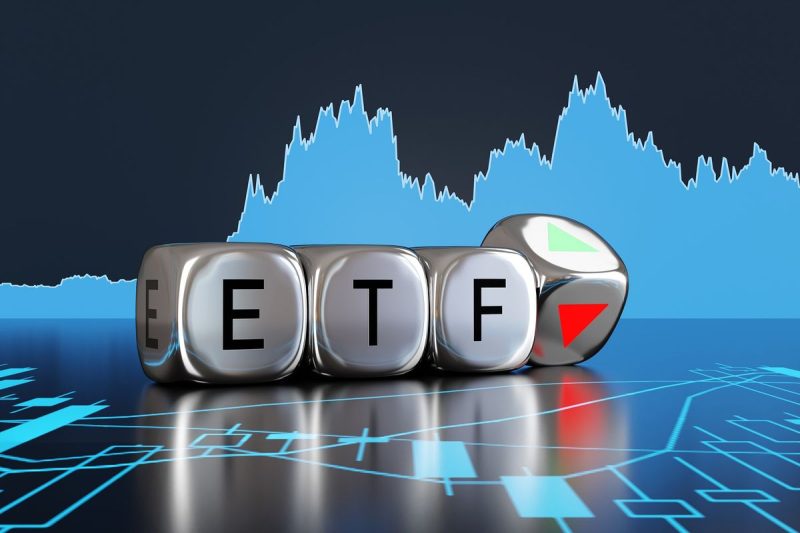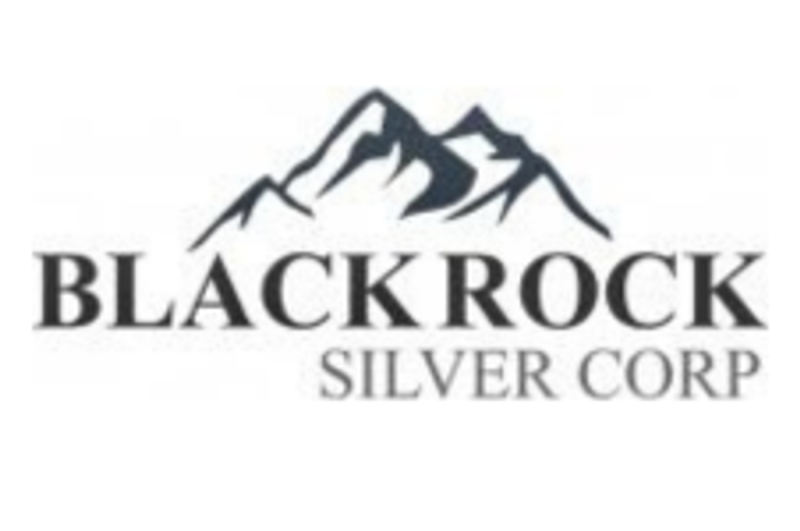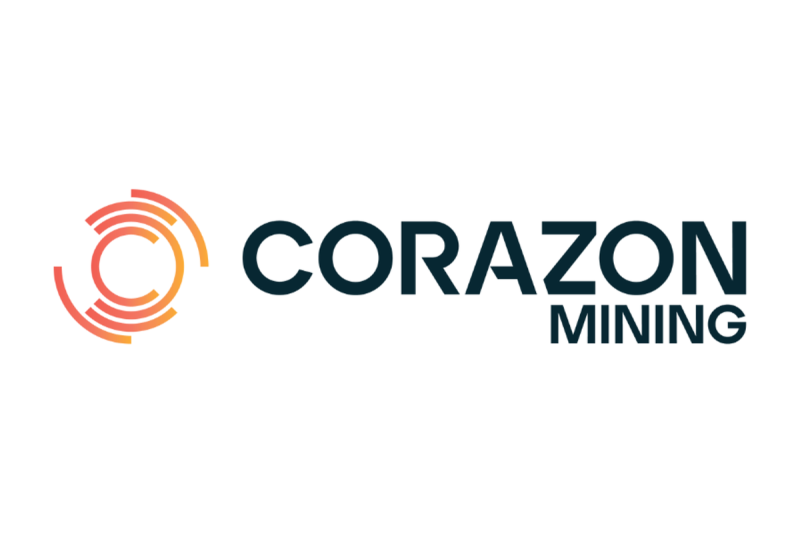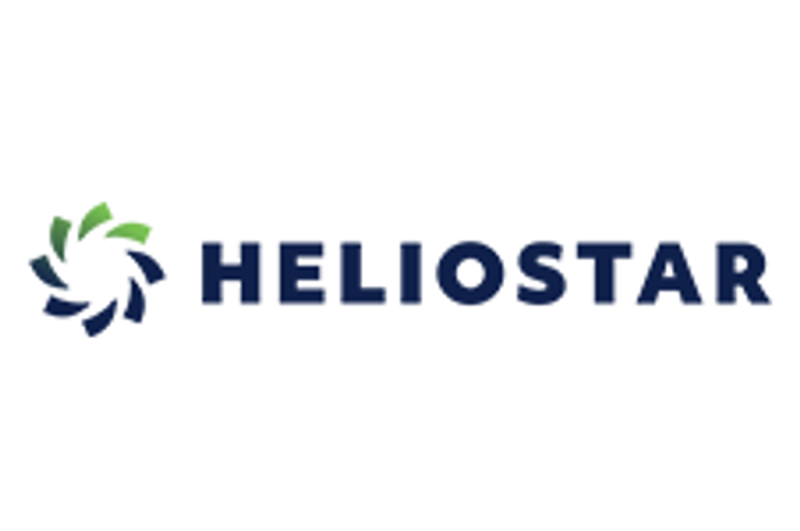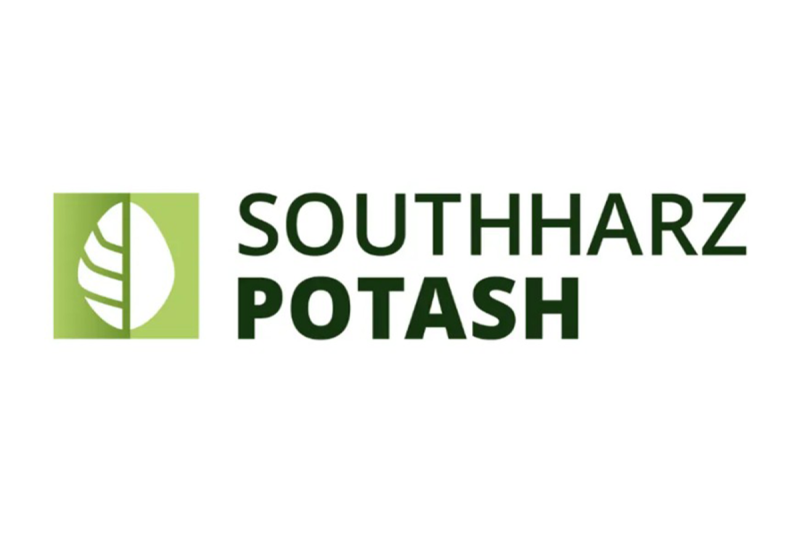Humanoid robotics is rapidly advancing.
Driven by the convergence of technological innovation, evolving labor market demands and growing investor interest, the humanoid robotics industry is expanding at a rapid rate. A handful of humanoid robotics companies have announced initial public offerings in 2025, such as China’s Unitree and Singapore’s Otsaw, with more predicted in 2026.
Ark Invest CEO Cathie Wood said in October that humanoid robots “will be the biggest of all” artificial intelligence (AI) opportunities, highlighting their potential in transportation, healthcare and productivity enhancement.
Samimi discussed the impact AI integration has had on the robotics industry, challenges such as labor shortages and supply chain disruptions and how the firm evaluates opportunities within this nascent yet promising market.
Key trends in humanoid robotics
According to Samimi, recent trends in robotics include enhanced automation in the industrial and logistics sectors.
“We’re seeing a lot of new trends on foundation models and control stacks within the robotic sector, as well as new sorts of electronic assemblies to put all of these components together,” he explained, pointing to companies like Amazon (NASDAQ:AMZN), BMW (ETR:BMW,OTC Pink:BMWKY) and Mercedes-Benz Group (ETR:MBG,OTC Pink:MBGAF) as current adopters of humanoid robots in factories and warehouses.
Additionally, Samimi highlighted that recent battery advances have improved energy density, enabling longer robot operation for industrial and logistics tasks. Meanwhile, lighter, more efficient actuators enhance precision and energy use, supporting dynamic interaction and human collaboration.
Finally, advances in robotics control systems are powered by cutting-edge AI algorithms. Platforms like RideScan, a Humanoid Global portfolio company, harness continuous, independent AI-driven monitoring, risk scoring and anomaly detection to optimize robot performance. The company recently filed a patent in the UK for its core AI technology
Samimi added that safety and reliability remain critical focal points amid these technological advances.
Advances in algorithms, machine learning and operational intelligence systems are enabling comprehensive, scalable safety and maintenance solutions for robots deployed across different facilities, supported by digital twin technologies and a closed-loop data cycle for continuous improvement.
Addressing labor shortages via robotics
Labor shortages and constrained supply chains are accelerating innovation by prompting industrial sectors to adopt robotics to augment limited labor resources.
The 2025 MHI Annual Industry Report, a document that covers emerging disruptive technologies, confirms robotics is thriving amid labor shortages and rising complexity in logistics and manufacturing.
During the US-Saudi Investment Forum, Tesla (NASDAQ:TSLA) CEO Elon Musk made a bold prediction about the long-term effects of robotics and AI: work will become optional, and money will be obsolete.
“I don’t know what long term is — maybe it’s 10, 20 years or something like that,” Musk said, adding that there is still a lot of work to be done before society gets to that point.
In the meantime, the workforce will likely see more human-robot collaboration. Samimi said he has observed that humanoid robots and collaborative robots (cobots) are increasingly taking over repetitive manual tasks.
“Human labor now shifts to more, higher-value tasks, rather than moving a warehouse box or a palette from A to B. So we’re seeing somewhat of a shift (that’s) helping make labor more scalable and more productive, and really less dependent on that shrinking labor pool,” he said.
Resource-heavy and industrial sectors present strong opportunities for robotics, especially amid a limited labor pool. Areas like agriculture, mining, pharmaceuticals and lumber stand to benefit from automation and upskilling via robotics.
Robotics investment thesis and portfolio evaluation
Humanoid Global views its role not only as an investor, but also as an ecosystem builder, actively fostering collaboration and knowledge sharing across its portfolio companies.
By strategically connecting early stage innovators with mature industry players, Humanoid Global seeks to accelerate the global deployment and scale of humanoid robotics technologies.
The firm emphasizes balancing risk across a portfolio that includes both disruptive technology developers and companies closer to full commercial deployment, allowing for diversified exposure while driving integrated growth.
Companies are evaluated with a strong prioritization for teams with proven execution capabilities and sustainable technological moats, such as proprietary IP or unique data networks. Scalability and clear go-to-market strategies are equally important, as is a strong safety architecture embedded in the technology.
This approach highlights the importance of strategic relationships, market education and risk-managed growth in realizing the transformative potential of humanoid robotics.
Securities Disclosure: I, Meagen Seatter, hold no direct investment interest in any company mentioned in this article.


